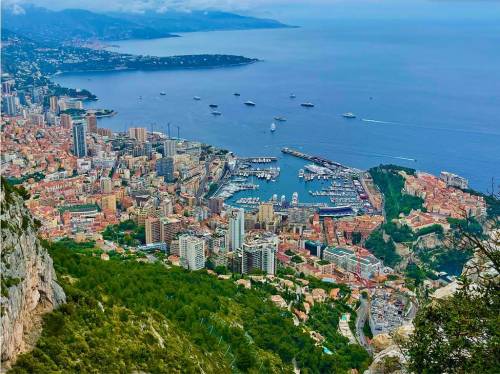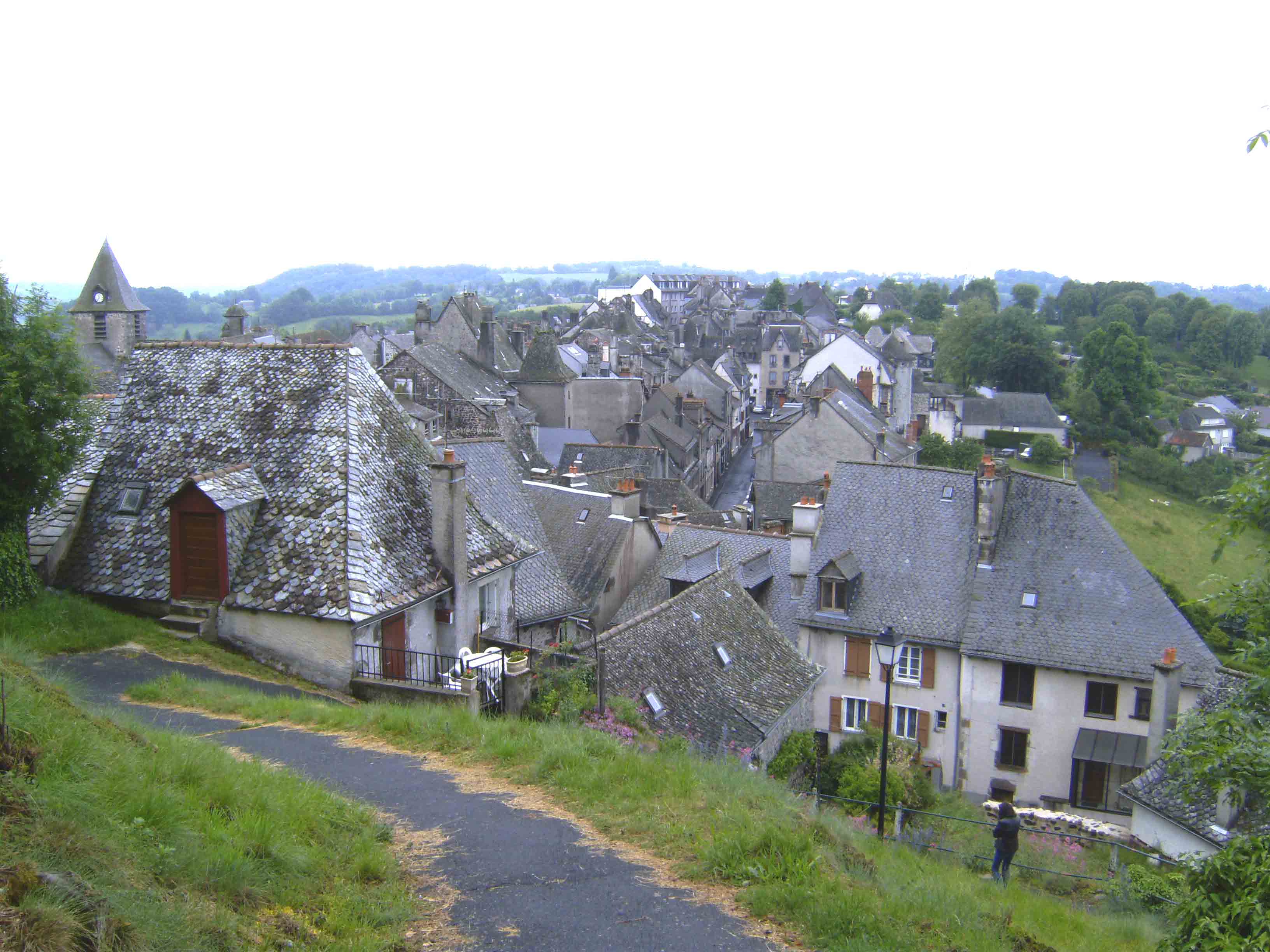In 24 hours, between Wednesday and Thursday last week, nearly three quakes were recorded in the region of Gap and Digne (Hautes-Alpes and Alpes-de-Haute-Provence), with intensities between 1.1 to 4.1 on the Richter scale. Thankfully, there was no damage or casualties. The strongest quake (4.1) was even felt on the Cote d’Azur. Particularly in Nice, where about twenty people alerted the central French seismological office based in Strasbourg. Three minutes earlier, an earthquake of 3.5 occurred, 32 kilometers from Gap (Monaco news announced).
Should we worry?
“No,” says Anne Deschamps, a seismologist at the Géo-Azur Observatory, based in Sophia Antipolis. “We are dealing with a small swarm of earthquakes. Apart from the three strongest ones recorded in Gap, the others were not felt by humans. There is no particular reason to be alarmed.” Anne Deschamps notes that in the last 24 hours, there were three Earthquakes, with magnitudes between 3.7 and 4.1. Earthquakes can only be felt when they reach around 4 on the Richter scale.
As for the “swarm of small earthquakes”, Anne Deschamps consols: “This activity is ancient and normal for this region”. André Laurenti, a Nice seismology enthusiast, recalls that in 2002 and 2003, “Around 15000 mini-quakes were counted in the sector of Barcelonette”.
Should we ignore this activity?
Again, the seismologist answers “no”. “There are always signs. Science is not able, with current knowledge, to predict when a larger earthquake might occur. These signs remind us that we are in a region of seismic risk, and that it is good to remember instructions for evacuation. Exit the building if you have time. If not, place yourself under a door jamb, and come out once a big tremor is finished.”
Do these earthquakes have any connection with the situation in Italy?
They have nothing to do with the situation in Italy. “The region of Digne and Gap is located on the Durance fault,” explains Anne Deschamps. “On the periphery of the Alps, there are flaws linked to their formation. These flaws generate the activity. In Amatrice, Italy, where a terrible and deadly earthquake occurred last August, the African and Eurasian plates clash. The chain of mountains that runs through the center of the Italian boot fractures along major faults. Its edges can brutally slide against each other, causing earthquakes.”
Is a major earthquake on the Côte d’Azur possible?

“Yes.” Anne Deschamps’ answer is clear. “One can fear a major earthquake, like the “Ligure” earthquake of 1887. Its intensity had been estimated to be between 6.5 and 6.8. If it occurred nowadays, it would be situated further to the West than the one at the end of the nineteenth century. One might fear that it would be closer to Menton.” The earthquake on the 23rd of February, 1887 killed 635 people, including eight in the Alpes Maritimes, Castillon, La Bollene-Wesubie, Bar-sur-Loup and Nice.
When could it happen?
“No one can know for sure. The recurrence can be once every 40 000 000 years, or it could be tomorrow, or in 3000 years,” says Anne Deschamps. “Nice is under the threat of an earthquake, and especially its hinterland, in the region of Peille or Blausasc.”







